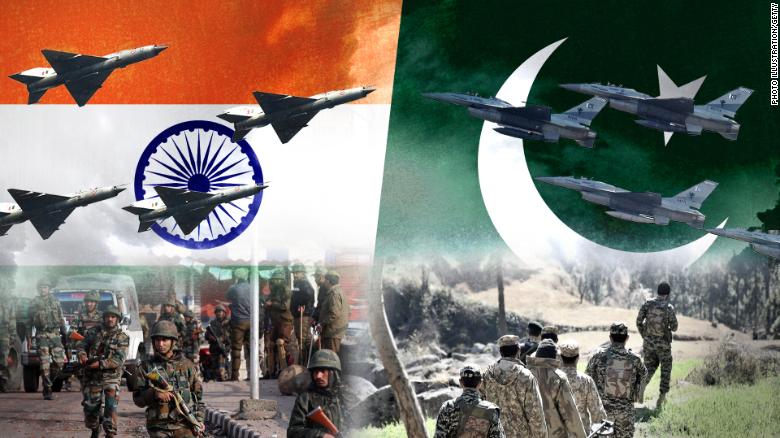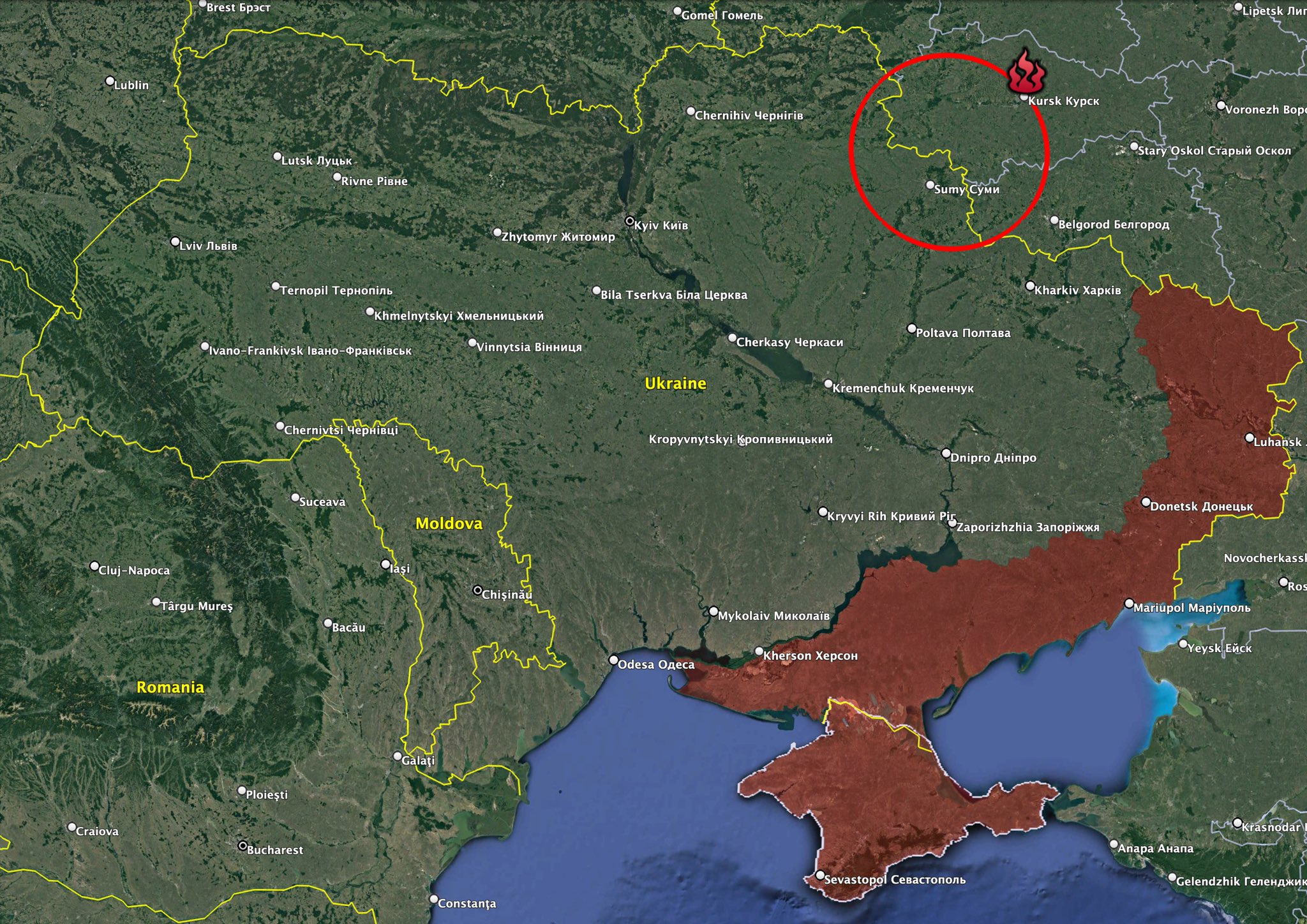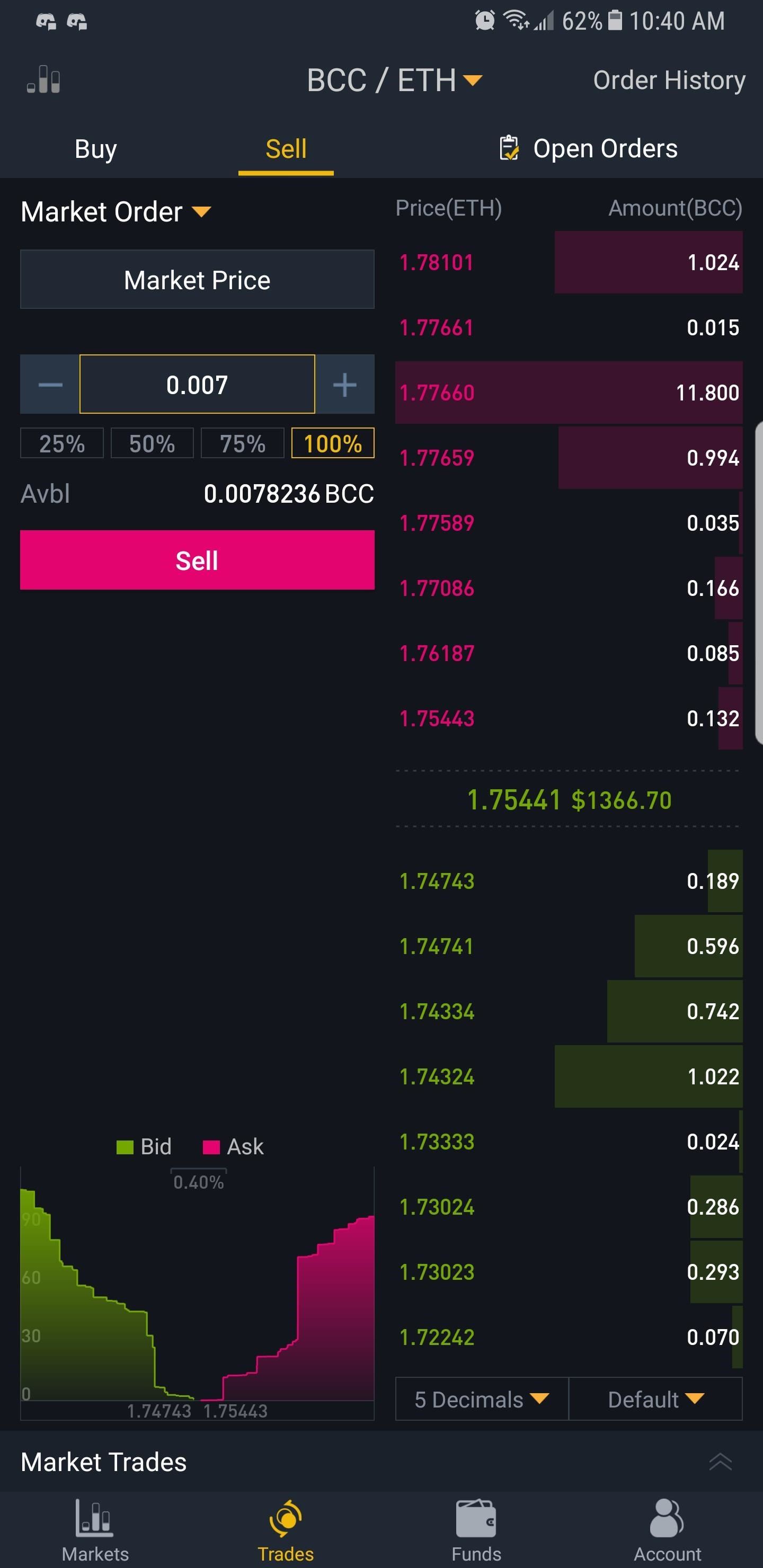Folks, buckle up. The situation in Ukraine is shifting, and not necessarily in a way that inspires confidence. Today, Ukraine’s Security Service (SBU) announced it’s gearing up for a “thousand-for-thousand” prisoner exchange with Russia. Let that number sink in.
This isn’t just about freeing soldiers; it’s about the tactical calculus of war. The SBU is meticulously compiling a list of Russian military personnel currently held in Ukraine who could be part of this deal. Essentially, they’re figuring out who they potentially ‘owe’ back to Russia.
Simultaneously, Ukraine is coordinating with its Ministry of Health to prepare for the influx of its own soldiers expected to be released. This isn’t just a logistical hurdle; think about the potential condition of these returning troops – the physical and psychological scars they’ll carry.
Now, let’s break down why this is significant. Prisoner exchanges are common in wartime, of course. But the scale of this proposed swap is unprecedented. It smells of a strategic maneuver, possibly indicating a stalemate on the battlefield, or an attempt to buy time while reinforcing Ukrainian defenses.
Understanding Prisoner Exchanges in Conflict:
Prisoner exchanges are a complex aspect of armed conflicts, governed by international humanitarian law, specifically the Geneva Conventions. These agreements establish guidelines for the treatment of prisoners of war (POWs) and facilitate repatriation.
Typically, these exchanges aim to alleviate suffering, reinforce trust, and potentially de-escalate tensions, even if only marginally. They aren’t solely acts of goodwill; they involve meticulous negotiation and strategic considerations.
Beyond the immediate humanitarian benefit, releases can impact morale on both sides. Bringing soldiers home boosts spirits, while identifying and returning enemy combatants can yield valuable intelligence. However, these benefits must be weighed against the inherent risks of releasing potentially dangerous individuals.
The sheer scale of this proposed exchange adds a layer of complexity. Such large movements of personnel require significant planning and coordination, raising questions about verification processes and the long-term implications for both nations. It’s a high-stakes game, and we’re watching closely.
This isn’t a victory announcement. This is a sign of a brutal and protracted conflict, where both sides are calculating every move, every concession. Keep your eyes open, folks. The road ahead is likely to be fraught with further uncertainty.







